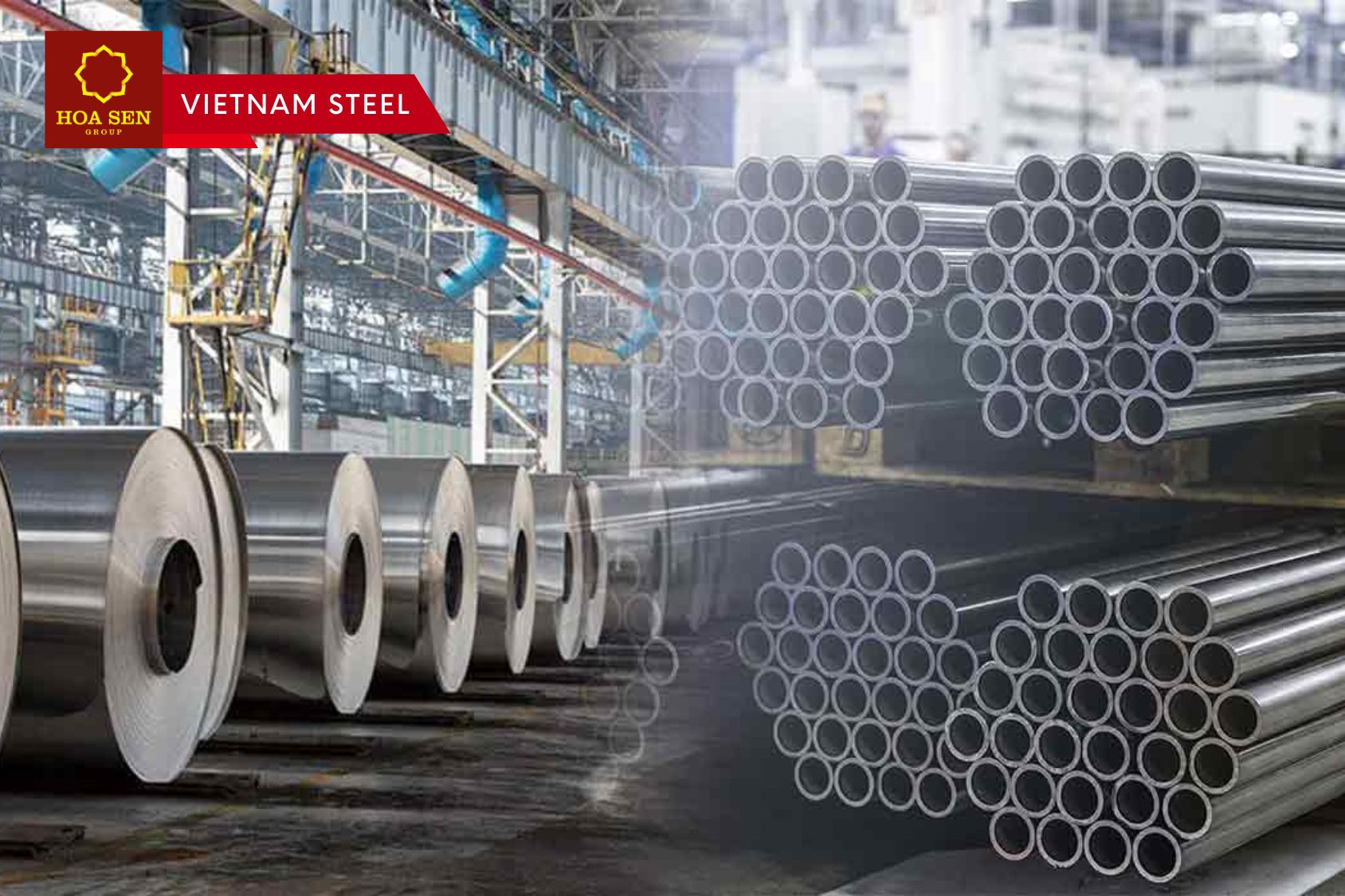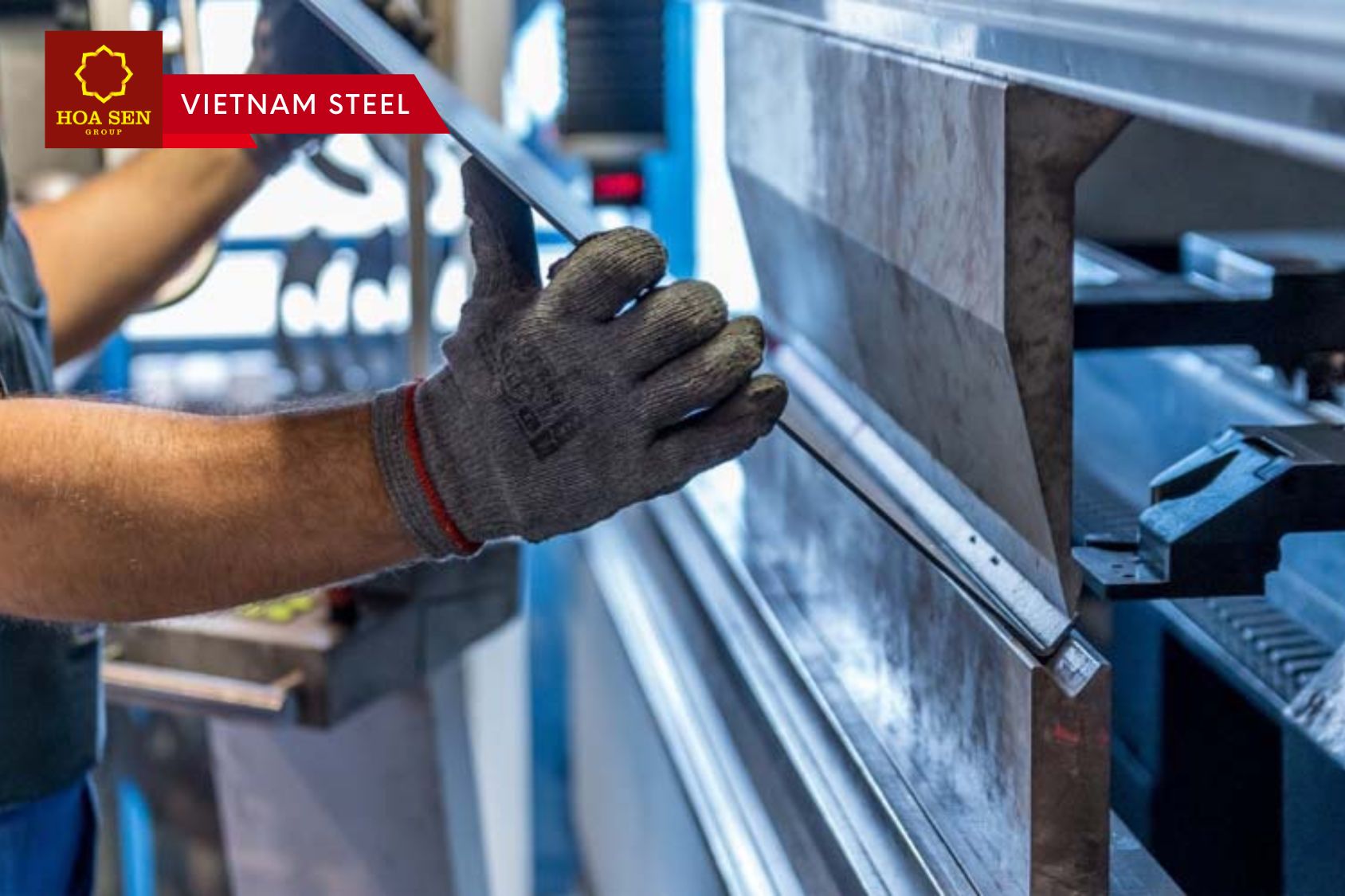European industry and construction are recovering too slowly
During the war, the European Union became Ukraine’s largest trading partner. This was facilitated by the lifting of trade restrictions and geographical proximity, which is important in the face of logistical difficulties. In the first half of 2024, Ukrainian exports to the EU amounted to $11 billion, or 56% of the total. Europe is even more important for the iron and steel industry. Supplies of steel products to European countries accounted for 84% of Ukraine’s exports in the first half of the year. Therefore, Ukraine’s export prospects, both in general and in the iron and steel sector, depend on the state of the EU market.
Macroeconomic situation
The European economy is struggling to recover from the storm of 2022, when Russia’s full-scale aggression began, many supply chains were disrupted, and energy prices soared. Later, inflation, rising interest rates, and reduced credit availability were added to this, leading to a slowdown in economic activity, especially in the construction and manufacturing sectors. As a result, the eurozone and EU economies grew by only 0.4% in 2023 after 3.4% in 2022.
Economic activity remains low this year. According to Eurostat, in the second quarter, the eurozone economy grew at the level of the first quarter – by 0.3% q/q.
The largest economies developed in different directions in the second quarter: Germany’s GDP declined by 0.1% q/q, while France, Italy and Spain grew by 0.3%, 0.2% and 0.8% q/q, respectively. Steady development in many key countries allowed Europe to compensate for the decline in the German economy. On an annualized basis, the eurozone economy grew by 0.6% in the second quarter.
Read more: Turkey should protect the market from Chinese steel as soon as possible – TCUD
Vietnam Steel by Hoa Sen Group

